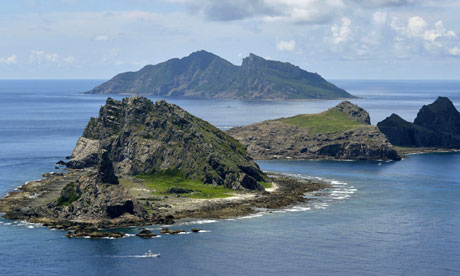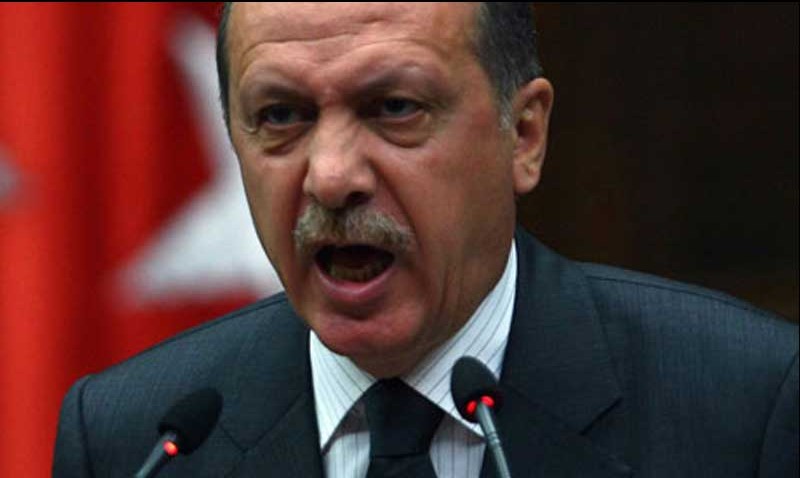In the past decade we have seen a significant growth in liquified natural gas (LNG) technologies. The United States is developing techniques that can harness previously inaccessible reservoirs of natural gas. Exporters are developing new cargo containers and tankers to transport LNG across any terrain. All over Europe, states are allocating funds for the building of new LNG import and conversion facilities in order to handle the new medium. The demand for natural gas exports is not slowing down, and any technology that can deliver natural gas to markets quickly and more efficiently is essential. This discussion on LNG addresses how these developments in energy technology can have a significant influence in solving the security concerns of some states, and creating some for others.
The Technology
 Hydraulic
fracturing and horizontal drilling are two primary technologies that are
revolutionizing natural gas extraction. Reservoirs that were previously
inaccessible due to technology or cost limitations are now economically reachable. To see how these technologies are
effective, observe the two well formations in Figure 1. The vertical wells are
relatively easy to drill when extracting natural gas that lies horizontally in
the ground, that is, as long as the gas doesn’t lie beneath dense rock
formations. However, natural gas lying in vertical wells or beneath shale
formations has historically been very difficult to access. Hydraulic fracturing and horizontal
drilling tackle these extraction difficulties.
Hydraulic
fracturing and horizontal drilling are two primary technologies that are
revolutionizing natural gas extraction. Reservoirs that were previously
inaccessible due to technology or cost limitations are now economically reachable. To see how these technologies are
effective, observe the two well formations in Figure 1. The vertical wells are
relatively easy to drill when extracting natural gas that lies horizontally in
the ground, that is, as long as the gas doesn’t lie beneath dense rock
formations. However, natural gas lying in vertical wells or beneath shale
formations has historically been very difficult to access. Hydraulic fracturing and horizontal
drilling tackle these extraction difficulties.
Using a pressurized liquid, such as water, hydraulic
fracturing creates cracks in dense rock allowing drills to create wellbores
that access the natural gas below it. After getting past the shale, wells can be
drilled horizontally in order to extract vertical pipelines of natural gas more
efficiently. In the past 10 years these technologies have become integrated
into natural gas extraction techniques leading to the increase in U.S. production
seen in Table 1.
|
Table 1: Natural Gas (NG) Consumption and Production
(Data
acquired from the U.S. Energy Information Administration)
|
|||
|
Year
|
Consumption (million cubic
feet)
|
Production (million cubic
feet)
|
% of U.S. NG consumption
produced in the U.S.
|
|
2011
|
24,285,308
|
24,169,631
|
99.5%
|
|
2010
|
23,775,388
|
22,402,141
|
94.2%
|
|
2009
|
22,910,078
|
21,647,936
|
94.4%
|
|
2008
|
23,377,008
|
21,112,053
|
90.9%
|
|
2007
|
23,103,793
|
20,196,346
|
87.4%
|
|
2006
|
21,699,071
|
19,409,674
|
89.4%
|
 Production of natural gas has also become more viable with
the growth and development of LNG conversion, storage,
and transport facilities. LNG sufficiently solves the transportation problems associated with natural gas. Previously only transportable by metal pipes, natural
gas reservoirs could only be tapped if they were near markets. If pipes
couldn’t reach the potential market, there was no other way for the natural gas
to get there. However, with the growth in LNG technology, natural gas can be
converted to liquid form by reducing the temperature to around -163°C, allowing it to be
transported to any market. When converted to a liquid, natural gas also becomes
600 times denser, taking up less volume and making it easier to transport.
Production of natural gas has also become more viable with
the growth and development of LNG conversion, storage,
and transport facilities. LNG sufficiently solves the transportation problems associated with natural gas. Previously only transportable by metal pipes, natural
gas reservoirs could only be tapped if they were near markets. If pipes
couldn’t reach the potential market, there was no other way for the natural gas
to get there. However, with the growth in LNG technology, natural gas can be
converted to liquid form by reducing the temperature to around -163°C, allowing it to be
transported to any market. When converted to a liquid, natural gas also becomes
600 times denser, taking up less volume and making it easier to transport.
Policy and Politics
The United States hasn’t had the luxury of being a natural
gas exporter for two reasons. First, as seen by Table 1, it consumes almost
everything it produces. Second, even if the United States did have an abundance
of natural gas to begin exporting, oceans separate the United States from the
major markets in Europe and Asia. LNG technology removes distance and
topography as an exporting constraint. As natural gas prices drop in the United
States ($88 per mcm), companies will be looking to export to regions with
higher prices in order to maintain healthy revenues (Europe - $409 per mcm;
Japan- $589 per mcm). Where the United States decides to export could
dramatically change politics and policy in that region.
For instance, Russia is a state that typically uses other
states’ energy dependency as a political tool. Russia is currently the leader
in natural gas production with the EU accounting for 44% of those exports. As the EU looks to fulfill their Kyoto
protocol obligations, and as many member states shift away from nuclear power
after the Fukushima incident, Russia’s clean-burning natural gas looks like a
very attractive energy alternative.
Russia is fully aware of the EU’s energy dependency, and is
using it to facilitate technology transfers that will help modernize and grow
the current Russian state. We have also begun to see Russia taking strategic
action to increase EU energy dependency in order to strengthen their political
leverage in the region. In 2002, Russia made a deal with Kazakhstan that
allowed them full access to Russia’s gas transportation infrastructure. This
causes them to be fully dependent on Russia for transporting their exports.
Thus, no one gets Kazakh natural gas without going through Russia. Russia has also been increasing natural
gas imports from the Central Asian countries, allowing for more state-produced
natural gas to be sold to Europe.
LNG technology will have the potential to diversify the
European natural gas market and decrease dependency on Russia. The growth of
LNG import and conversion facilities in Europe, the United States’ future role
as an LNG exporter, and the spread of LNG technology to other producing regions
in the Middle East, North Africa, and the South Pacific, is giving Europe more
options for fulfilling their energy needs. More options equals less dependency
on Russia. If Russia loses this dependency they will no longer have significant
influence in European policy and politics.
With Europe’s dependency on Russian natural gas growing, it
would be a strategic interest of the United States to try and provide
alternatives for European energy demands. In doing so, the United States would
be thwarting the ‘relationship of necessity’ developing between Europe and
Russia. It would also eliminate one of the few cards Russia has to play in negotiating
with Europe. If the United States manages to do this successfully, we will most
likely see an increase in Russian aggression as they begin to feel their
national security is being compromised.








